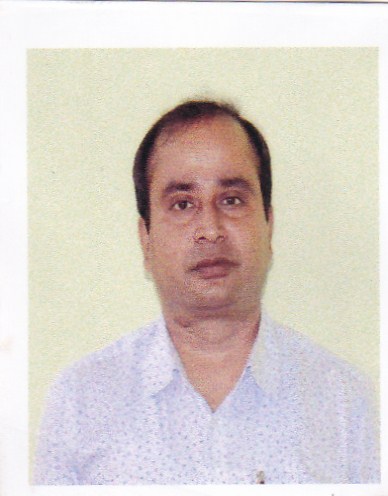WELCOME TO KVK DHUBRI, AAU, RANGAMATI
KVK-Dhubri, the district falls under Lower Brahmaputra Valley agro-climatic zone and is located at a distance of 283 km from state head quarter. The district is bounded by Kokrajhar district in the north, West Bengal and Bangladesh in the west, Meghalaya in the south and Meghalaya and Bongaigoan district in the east. The river Brahmaputra flows through the district roughly from east to west, dividing the district into two parts- north bank and south bank. The river has innumerable tiny islands (Char) created due to frequent change of its course. Besides Brahmaputra, there are several other rivers like Champavati, Gaurang, Sankosh, Tipkai, Gadadhar, Gangadhar in the north bank and river Ginziram and Kalo in the south bank. The total geographical area of the district is 2361sq km that is 3.01% of the total geographical area of the state. The district has a varied topography of high, medium and low-lying area. The district has three civil Sub-divisions viz. Dhubri, Bilasipara and South Salmara-Mankachar. There are 15 Dev. Blocks, 168 Gaon Panchayats and 1136 revenue villages in the district
MESSAGE FROM THE PC's DESK:
|
Acquisition of correct information at correct time is vital for correct decision making. In recent times, websites have become the vital sources for quick acquirement and sharing of information and knowledge by the users. This has been a humble effort on our part to design and develop this website for systematic storage of data pertaining to Krishi Vigyan Kendra (KVK), Dhubri in particular and the District, in general for their accessibility in rapid and user-friendly manner for utilization in specific purposes. Our "Kendra" is bestowed upon the responsibility to serve as the knowledge centre for the district. This site will also serve as a platform for advertising our deliverables and providing on line support for any technical query for designing and executing plans aiming at development of agriculture and allied sectors. However, this is only a beginning and we welcome suggestions for improvement in our endeavour.


